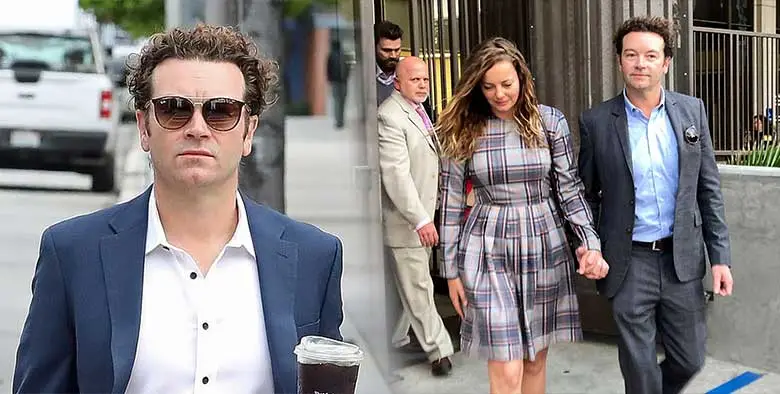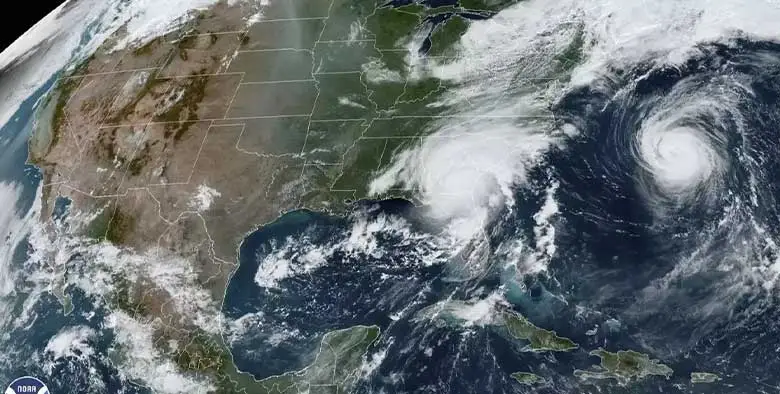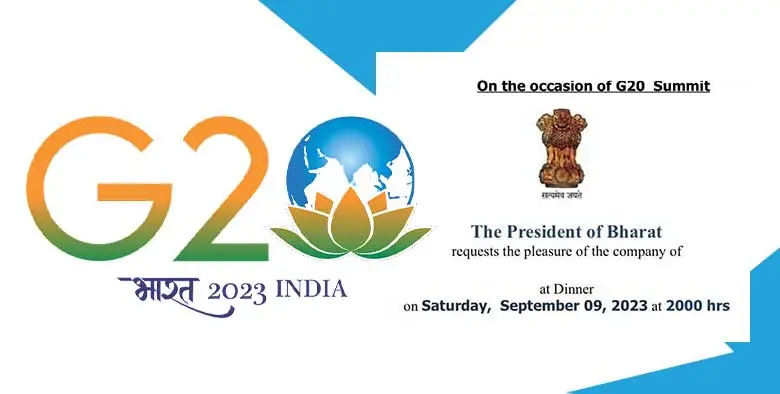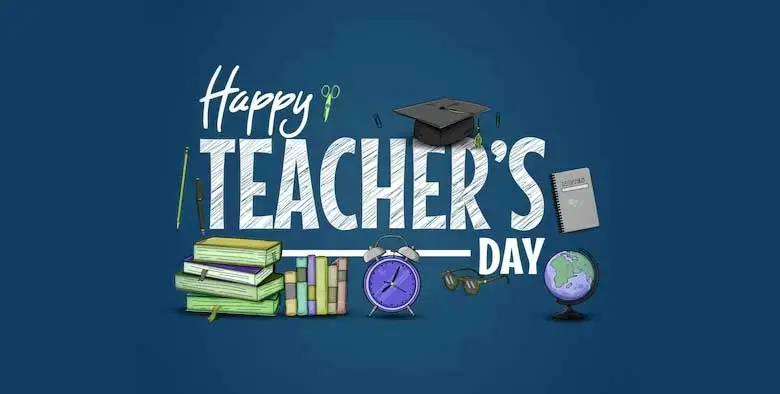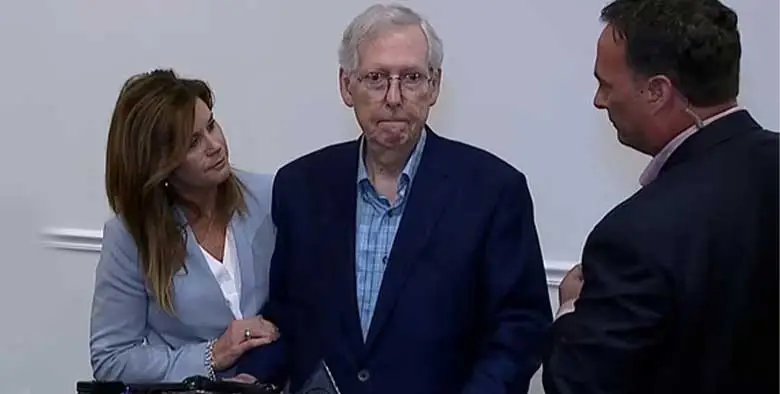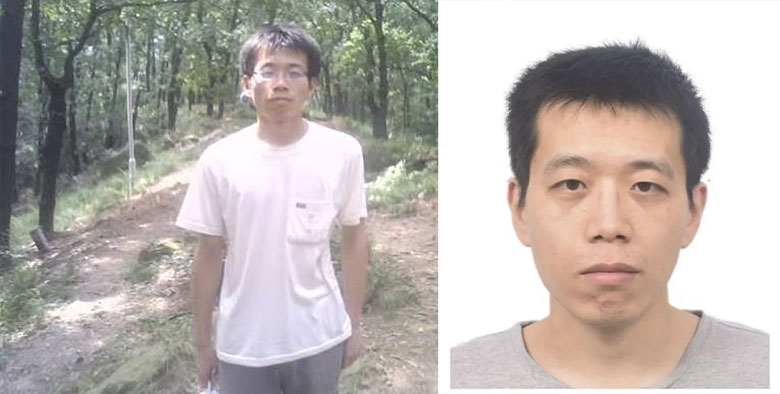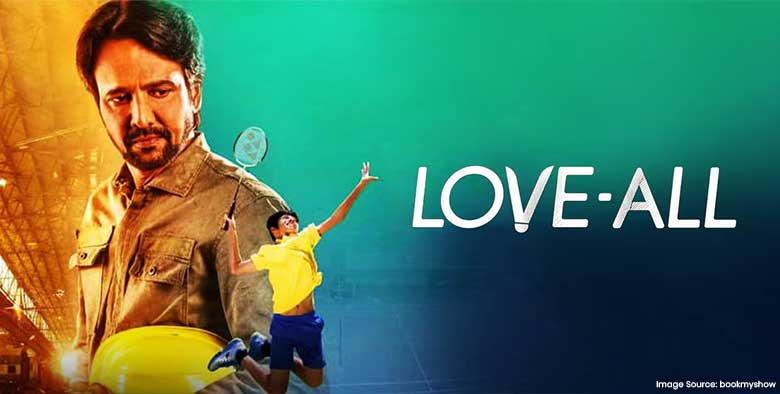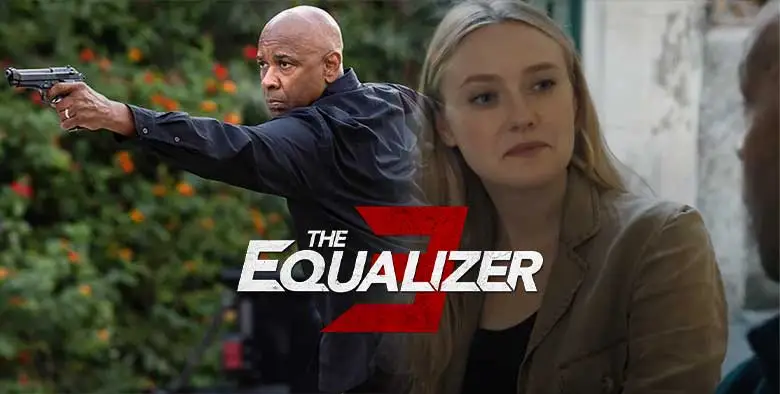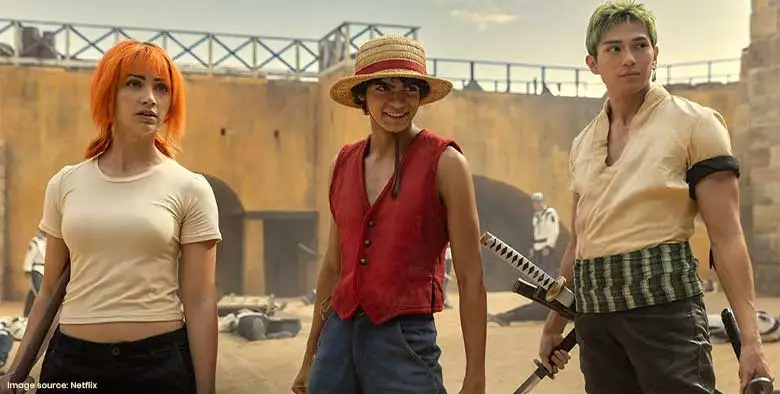- Know Everything About Nipah Virus, Which Is Back In Kerala Again
- Kevin Porter Jr Arrested On His Girlfriend’s Assault Charge
- Market Change Overnight - Know The 8 Things That Did It
- Who Are Alba Baptista And Chris Evans Married On The Weekend?
- Disrupted India vs Pakistan Asia Cup 2023 Match on Reserve Day
- 10 Common Foods That Contain No Calories or Are Very Low in Calories
- Men’s Styling Tips - Know the 9 Common Style Mistakes to Avoid
- Coco Gauff Beats Karoline Muchova and Reaches the US Open Final
- Danny Masterson Gets Life Sentence of 30 Years for Two Rapes
- Experience A Splendid Vacation in Kashmir with These 15 Gorgeous Sights
- India
- Friday , April 19, 2024
- Last Published Sep 12, 2023, 6:48:32 PM
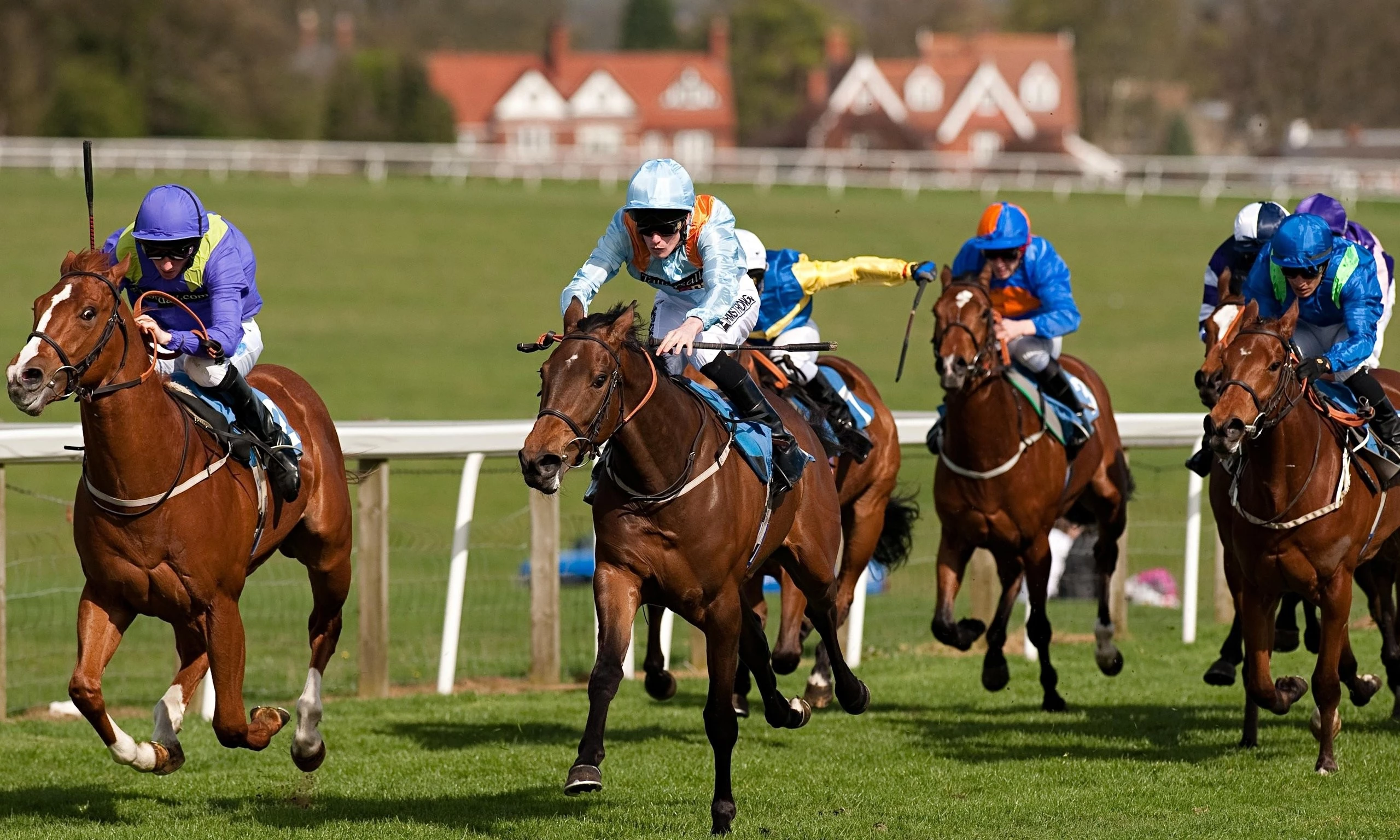
A Vivid Chronology of The Growth of Equestrian Sports in India
Equestrian sport has a long history in India. Inscriptions, carvings, and coins recovered in Mohanjodaro and Harappa show evidence of horse sports and equestrian pursuits. A variant of chariot races was among the most popular games throughout the Vedic times (2500 BC – 600 BC). It continued till the mythological age of Ramayana when hunting on chariots was a royal drift. The Equestrian Federation Of India (EFI) was founded in 1967 and is publicly registered under the Societies Registration Act with the Registrar of Societies. The EFI today has over 1000 members and has grown its influence across Asia. Eventing, Dressage, Show Jumping, Tent Pegging, and Endurance contests are organized by the EFI. It is linked with the sport's international regulatory body, the Federation Equestre Internationale (FEI), which is headquartered in Switzerland. The Indian Equestrian Federation decided to join the FEI in 1971 and has been sending teams to Asian Games in all equestrian events since 1982. The major discipline is eventing, and the respective team has won team medals in nearly every Asian Games till 2006. How did EFI Surface in India? One can relate to the History of Equestrian Federation to the post-independence era. Only a few civilians had the capability of horse riding. Therefore, the Army had taken the mantle for keeping equestrian activity alive in India on a relatively small scale since Independence. When several of the influential horse shows were re-surfaced in the 1950s, army riders proceeded to do exceptionally well in show jumping, to the point where they had developed the capability to compete against foreign riders. International contests, on the other hand, were governed by the FEI, a World Equestrian Organization founded in 1921. Riders could compete in international show jumping, dressage, and eventing categories if their National Federation recommended them. The process to form the EFI was mainly initiated by Maj Gen R K R Balasubramanian in the 1960s. He assisted in administering the Delhi Horse Show. The founders didn't have too many rules and regulations in those days. However, as the sports grew in popularity and riders became more skilled, the demands began to rise. EFI began sending the riders to international events. The eagerness and competitive spirit displayed were exceptional. Great Indian riders such as V. P. Singh, Farooq Bijli, the Sodhi brothers (Billy and Pickles), Kanu Khan, and others contributed a lot. The Indian equestrians were not getting international recognition as they did not have their own federation and governing body. In the light of these developments, the EFI was founded on 14th March 1967 and received its affiliation with FEI in the year 1971. What Key Objectives were Incorporated in The EFI Constitution? The official announcement of the creation of the National Equestrian Federation Of India was made, with the following objectives:
- To grant the equestrian activities an official status, putting them on par with other national sports organizations.
- To facilitate participation in international equestrian events.
- To promote, improve, and develop all aspects of equestrian events, except for Polo and racing.
- To encourage equine breeding, as well as equine health care and management.
- To integrate all equestrian competitions now held in various states/zones and conduct National Equestrian Meets.
- To fund and encourage veterinary research in the fields of equine breeding, surgery, and medicine.
- To standardize rules and regulations for all equestrian competitions, as well as to keep track of relevant outcomes.
- To gather and communicate all relevant information and expertise on horses and equitation.
- To sponsor and support equestrian events, as well as to seek financial assistance from the government.
- To work with the National Sports Council and the Indian Olympic Association to establish a relationship and get recognition for the federation.


